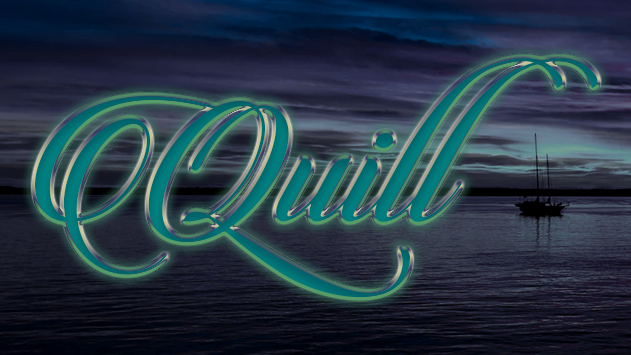Boarding
Boarding is when the crew of a ship tries to capture another ship and not sink it by forcing their way on board. Captured ships and captured crew have been a valuable asset to retrieve throughout most of the naval history.
Ancient war galleys, such as those of the Greeks, Romans, Phoenicians and Persians, were armed with heavy ram spurs to pierce the sides of an enemy when the opportunity arose, but they also carried soldiers and archers. But since the opportunity rarely arose, they had to resort to fighting on the enemy deck.
Naval battle between the Romans and Carthaginians, 260 BC.
A ramp (corvus) with long spkies was lowered when the enemy was lying alongside and the men stormed the deck to defeat the enemy as in a land battle.
Fighting as on land and ramming was still very present in the Middle Ages, even if attempts were made to keep distance. As a result, the height of a ship became an important factor that gave the crew the advantage of being able to attack or shoot at the deck of an enemy. Warships began to resemble fortifications on land, with high sides and “castles” built at each end of the hull. The forecastle, which addresses the front part of the ship, dates from this period.
The explosion of the Spanish flagship during the Battle of Gibraltar, 25 April 1607, by Hendrick Vroom 1621
The temptation to build bigger and bigger ships and to load them with heavily armed soliders and archers on the upper deck and different types of cannons distributed all over the ship when they went into battle led to some notoriously unstable ships. This was the case, for example, with Henry VIII’s Mary Rose, which capsized in calm weather and sank in the Solent, as she sailed towards a French assault.
The arrival of heavy cannons on board warships in the early 17th century began to change the way naval warfare was conducted. By the end of the 17th century, naval gunnery had become the main means of fighting an enemy, and small-scale warfare between masses of ships trying to board gave way to fleets in long lines manoeuvring across the sea.
Even though boarding was now used less frequently, it remained a legitimate tactic. All warships trained for both boarding and defence against attackers. When they went into action, they often attached ship-spanning nets to provide a barrier to the enemy. They also carried a large arsenal of weapons for close combat, including muskets, pistols, blunderbusses, cutlasses, boarding axes and pikes. There were even some weapons designed specifically for this type of warfare, such as the strange four-barrel “duck-foot” pistol. All but the smallest warships had marines on board, who were specialists in this kind of warfare. And were often used as sniper in the tops.
Capture of HMS Ambuscade by the French corvette Bayonnaise, 14 December 1798
Under certain circumstances boarding was a preferred tactic. Both privateers and pirates wanted to capture a prize, while causing as little damage to the ship or cargo as possible. It was also the only tactic available during a cutting attack, i.e. when a ship was captured by an enemy approaching in boats alongside.
Even in actions between warships, a protagonist who was in an unequal firefight with a larger enemy could turn the tables with a quick, surprising boarding. Nelson used this tactic to capture the Spanish 80-gun San Nicolás and the 112-gun San Josef with the crew of his much smaller 74-gun captain in the Battle of Cape St. Vincent. In 1798 the French corvette Bayonnaise used the boarding to surprise and defeat the Royal Navy’s larger frigate, Ambuscade. Cochrane did the same in 1801 when he conquered the Spanish 32 guns xebeque El Gamo with his much smaller, 14-gun brig Speedy.
The Action and Capture of the Spanish Xebeque El Gamo, by Clarkson Frederick Stanfield 1845
Smooth bore cannon in the age of sail were only really effective at ranges below a thousand yards, and most battles took place at even closer distances than this, which kept boarding in play as a possible tactic. Even when the introduction of rifled guns in the 19th century pushed out the range at which sea battles took place, crews were still trained in boarding. It was used in situations in which firing at an enemy was not an option. The suppression of the Atlantic slave trade in the 19th century, for example, was largely carried out in this way, for fear of harming the slaves being liberated.
Even if the boarding has changed in its current form, it is still present and is still carried out.





